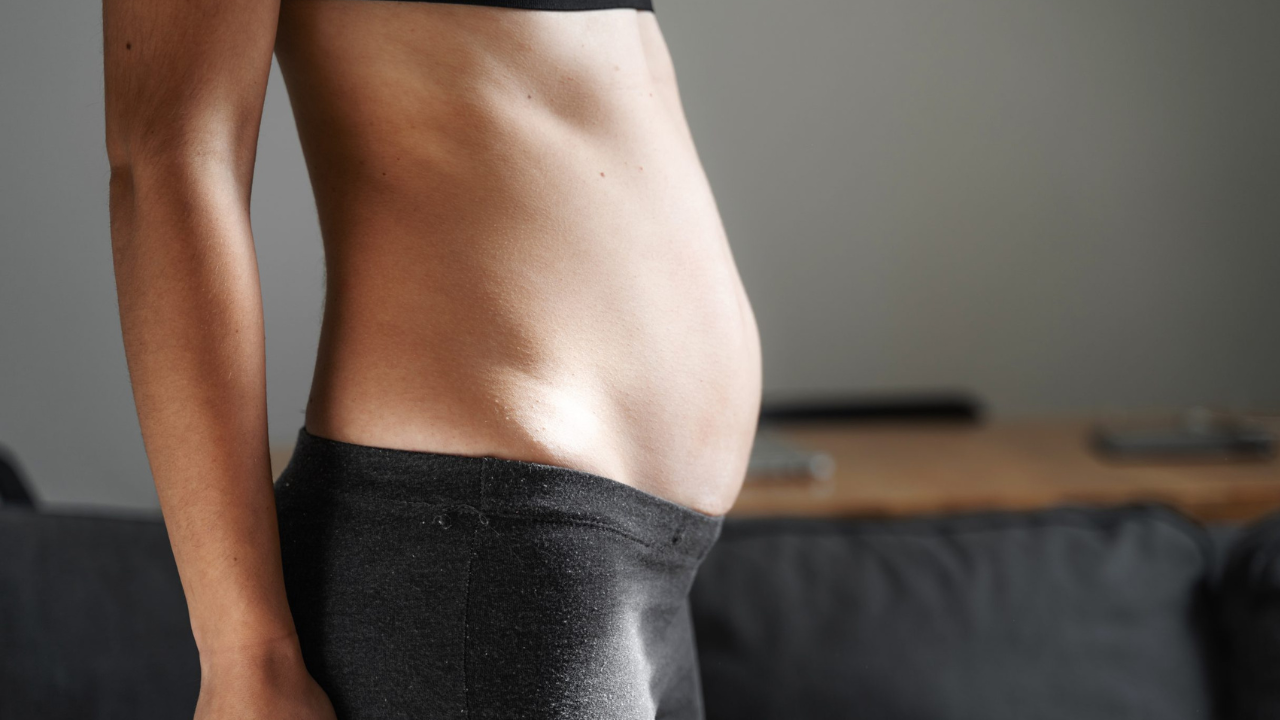
What is Diastasis Recti and can it be fixed?
By: Emma Bromley
A diastasis is a thinning of the fascia in the front of your abdomen. When you peel an orange, think of fascia as being like the white layer between the juicy orange and the thick skin. Fascia is the layer in between your skin and your muscles and it runs through your entire body, connecting and facilitating movement. It’s an incredibly overlooked structure in our body that plays a key role in holding us together and is a very important piece of the body puzzle.
With a diastasis (or the thinning of this part of the fascia), think about when you wear a hole in the knee of your jeans from overstretching the fabric. That is essentially what has happened with a diastasis. But the big difference is that fabric cannot repair itself (you’d have to sew on a patch to prevent it from getting worse), but the body has a remarkable ability to repair itself. As long as you stop doing the things that are making the thinning worse in order to allow the body the space to heal.
Fascia is primarily composed of elastic collagen fibers and is the ultimate connective tissue. Collagen remodeling (i.e. healing) can be affected by various factors. Some in your control, like nutrition, hydration and the right kinds of exercise, and others beyond your control, like the amount of stretch the fascia endured, and genetics. All women experience a certain degree of diastasis towards the end of pregnancy and after birth, but the bigger question is, will it heal itself naturally over time, or does it need help to bring the muscles back together?
If you can fit your fingers in between your abs and your fingers reach in a good amount without touching firmness, that’s a sure sign that your TAs (deepest abdominal stability muscles) are no longer connecting to the fascia in the front. This has nothing to do with width and everything to do with depth. However, having taught many women with diastasis, from observation there are too many other factors at play to just use width and depth measurements of a diastasis to determine how easily it can be healed. I’ve taught women with a very severe and deep diastasis who’ve closed it completely in 8 weeks. While others who have only a tiny gap left and it’s taken many months. So partly it’s genetics. And partly it’s how committed you’re willing to be.
In order to allow the diastasis to start to repair itself, you want to first give that area of your body the best fighting chance to do so. Which means certainly avoiding high pressure ab exercises like crunches which put an enormous amount of forward pressure on the abs and further weaken an already compromised area of fascia. You also want to avoid other mid pressure ab exercises like planks, anything that requires leaning back, and anything where you notice a bulging or doming of your abdomen. In order to start repairing itself, fascia needs to not be under constant and/or excessive strain, which means avoiding deep backbends (which stretch the fascia further) and also avoiding deep twists (which pull the fascia in opposing directions). A perfect example is when reaching into the back of the car to pass your toddler a snack, or even worse, to buckle them in! Be mindful of the movements in your daily life that put added strain on the fascia (not just the movements in your workouts).
Another important factor to keep in mind is that if your diastasis is almost (but not quite) healed – meaning it feels firm when you are “managing the pressure”, but you still bulge when you do certain movements – then those movements can cause a healing regression because it’s not 100% fixed yet. Even now, I am several years completely healed, but I know that if i’m going to be doing a lot of high intensity and crunches for example, that i need to really pay attention to my pressure. Partly it’s a mind-body connection. Paying attention to what’s going on in your abs can be key.
Your core is essentially a pressure canister. And with a diastasis, your ability to load your core with weight bearing becomes ineffective due to having been compromised. This also means that the pelvis has become unstable. Your pelvis is the absolute center of your body. And it’s your core muscles that are like ropes holding it in place. With a diastasis, it’s like untying one of those ropes. Now the pelvis is no longer being firmly held in the middle. Which is why you might notice that in certain exercises the pelvis wobbles around. If you’re lying on your back and doing Pelvic Lifts for example, you might think that your legs are wobbling. When in actual fact it’s because your pelvis is no longer stable. So the diastasis affects more than just your core. If you’re experiencing low back pain, it’s partly due to lack of core strength, but also partly because the pelvis doesn’t have enough stability. Healing your diastasis will help with the low back pain enormously.
When the pelvis is unstable, injuries can be much more likely to occur. These injuries can include things like knee pain, hip pain, plantar fasciitis, back pain, neck pain, shoulder tightness and so much more! The site of the pain is very rarely the cause of the pain, so if you’re experiencing any of these, it’s a good idea to look at how the core is functioning. The body needs to be balanced in order to avoid compensations and injuries related to muscle imbalances or overloading of particular muscles. These imbalances in the core will often manifest in the form of leaking, glute or hip pain, low back tightness and/or pain, diastasis, prolapse etc as the body’s way of telling you that something needs to be fixed. These injuries are essentially a “warning light” from the body.
Something must be changed. The way the body moves must be considered. Since the pelvic floor is at the base of this pressure system, properly conditioning the pelvic floor is a very important piece of the puzzle. Kegels won’t cut it. Proper pelvic floor conditioning, consistent low pressure ab exercises, and eliminating aggravating movement patterns are the absolute bread and butter of healing a diastasis.
I had a 4 finger diastasis for several years until I developed this system and I can tell you from experience, plus teaching countless other women to do the same, it works!
Bio:
Emma Bromley is a Pilates Instructor, Pelvic Floor Specialist and co-author of The Pelvic Floor. After struggling with a severe diastasis (abdominal separation) following the birth of her child, Emma refused to believe that surgery was the only option to heal. Having now fully healed through the power of intentional movement and the breath, she’s now passionate about sharing her knowledge with others so that you too can experience the freedom that comes with having a healthy pelvic floor (less leaking, less back pain, more functional workouts, more enjoyable sex etc).
12 week program:
Free training:
IG:
Book:






